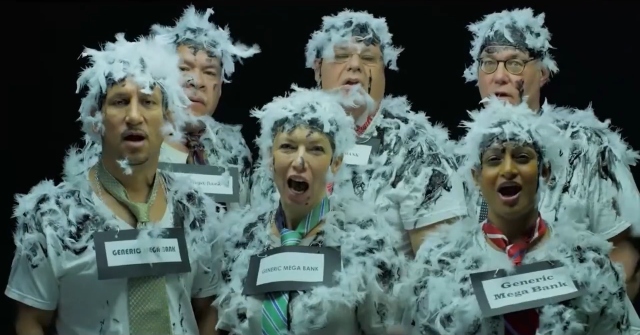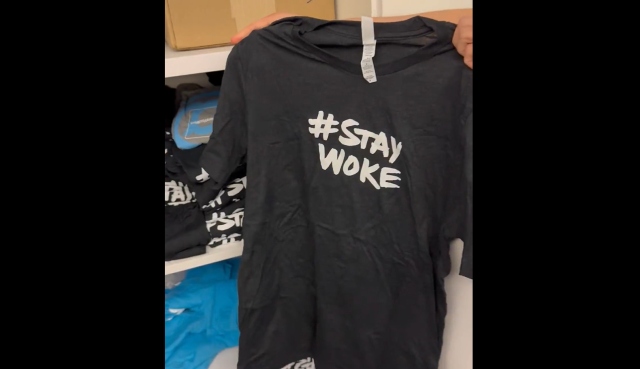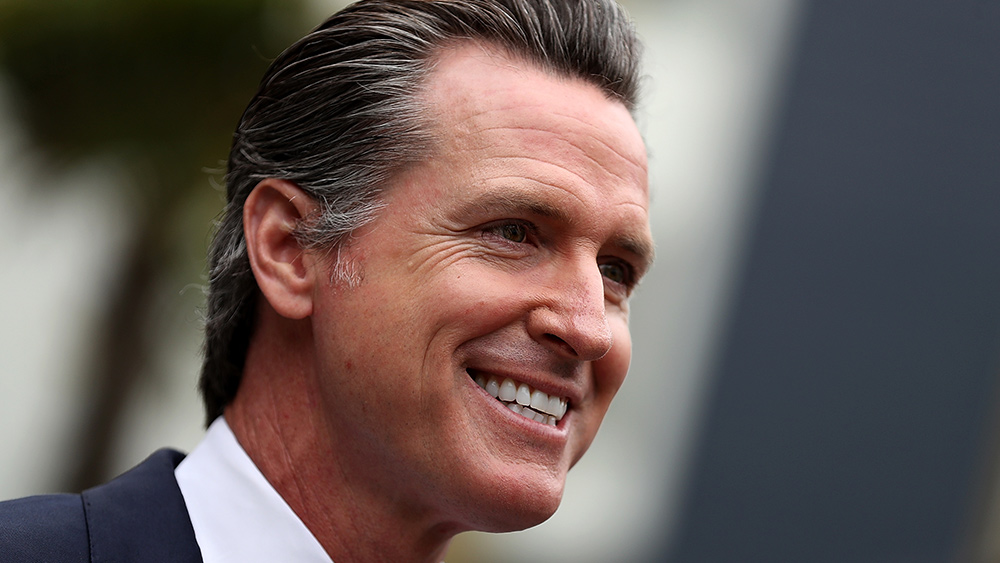Big banks offer First Republic a $30 billion lifeline to prevent imminent collapse
03/17/2023 / By Cassie B.

As a crisis of confidence from customers and investors heats up, First Republic bank is getting a lifeline from its rivals.
Some of the biggest banks in the nation have joined forces to help the struggling lender with billions of dollars to boost confidence in the bank and help it meet customer withdrawals.
Some of the big banks that helped put together the lifeline include Bank of America, Citigroup, Wells Fargo, JP Morgan Chase, Truist and PNC Financial Services. The lifeline will equal around $30 billion, and the deposits are required to stay at First Republic for a minimum of 120 days.
The banks that are offering the deposits said in a statement: “This action by America’s largest banks reflects their confidence in First Republic and in banks of all sizes, and it demonstrates their overall commitment to helping banks serve their customers and communities.”
“Regional, midsize and small banks are critical to the health and functioning of our financial system,” they added.
Treasury Secretary Janet Yellen, Federal Reserve Chair Jerome Powell and FDIC Chairman Martin Gruenberg praised the banks’ action, saying in a joint statement that it illustrates the resilience of the nation’s banking system.
Shares of the San Francisco-based bank were halted multiple times for volatility today. After falling more than 30 percent earlier in the day, shares went up 22 percent by the afternoon.
The problems the bank is facing are part of ongoing worries about the future of the banking system following the collapse of Signature Bank and Silicon Valley Bank in the last few days. Silicon Valley Bank, which was the country’s 16th biggest bank, failed on Friday in the biggest American bank failure since the financial crisis of 2008. Yesterday, S&P Global Ratings and Fitch Ratings downgraded their credit rating for First Republic bank in the wake of concerns that depositors may pull their money from the bank.
First Republic has a large share of uninsured deposits
First Republic is one of several regional banks that has a large amount of uninsured deposits; the FDIC only insures deposits up to $250,000. Part of the reason that the collapse of Silicon Valley Bank was so monumental was the fact that 94 percent of its deposits were uninsured. Although First Republic’s percentage of uninsured deposits is not quite as high, it is still a cause for concern at 68 percent.
Worries about a repeat of what happened to Silicon Valley Bank prompted many First Republic customers to pull their money and move it to bigger banks, which meant the bank needed to sell assets or borrow money in order to give customers their cash deposits. This happened despite the lender reassuring customers it had arranged $70 billion in new financing from J.P. Morgan Chase and the Federal Reserve. It also announced it was eligible to receive further funding from the Fed should it experience a sharp demand for withdrawals, in addition to noting that its balance sheet was solid and depositors were safe. However, none of this was enough to calm jittery investors.
Banks normally use part of their customers’ deposits for providing loans to other customers. However, S&P Global reports that First Republic has an exceptionally high liability-to-deposit ratio of 111 percent. This indicates that the bank has loaned out significantly more money than it holds in deposits from its customers.
First Republic bank generally caters to higher-end clients and businesses, and it offers residential real estate loans and wealth management. At the end of December, it reported assets exceeding more than $212 billion.
Sources for this article include:
Submit a correction >>
Tagged Under:
banking, Bubble, chaos, Collapse, debt bomb, debt collapse, dollar demise, economic collapse, finance riot, First Republic Bank, Inflation, Investments, market crash, money run, money supply, panic, pensions, risk, Silicon Valley Bank
This article may contain statements that reflect the opinion of the author
RECENT NEWS & ARTICLES
COPYRIGHT © 2017 BUBBLE NEWS



















